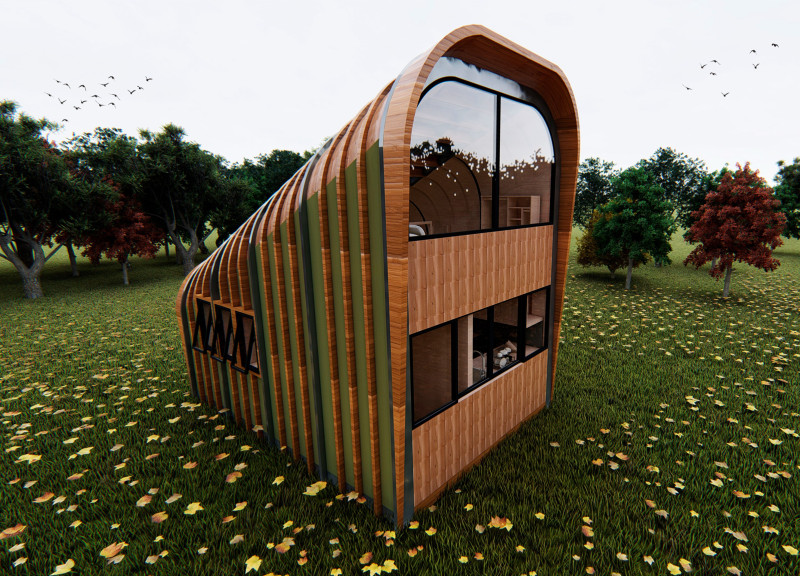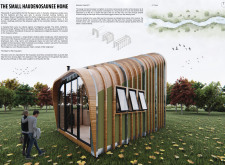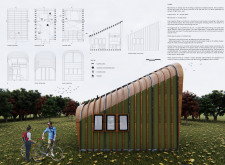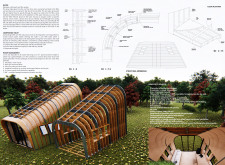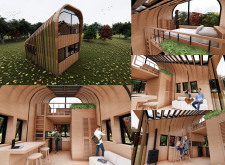5 key facts about this project
The architectural project under analysis is situated in [insert specific location] and exemplifies a modern approach to design that prioritizes both functionality and environmental integration. The building serves the purpose of [insert primary function, e.g., residential, commercial, cultural], engaging with its surroundings while adhering to a contemporary aesthetic. It is characterized by a deliberate use of materials that enhance its structural and visual coherence, contributing to an intentional dialogue with the landscape.
The project features a distinct architectural language marked by [describe specific design elements, such as "clean lines, modern materials, and an emphasis on natural light"]. The layout of the building is organized around [explain the configuration, such as "central open spaces that facilitate interaction among inhabitants"], and this organization underscores its function as a hub for [insert intended user interaction, e.g., community engagement, professional activities].
Unique Design Approaches
One notable aspect of this project is its commitment to sustainability. The design incorporates passive solar strategies, optimizing energy efficiency through orientation and strategic window placements that maximize natural light while minimizing heat loss. The inclusion of green roofs and rainwater harvesting systems reflects a dedication to reducing the ecological footprint. This ecological awareness differentiates the project from typical designs that often overlook environmental considerations.
Another distinctive feature is the integration of flexible interior spaces. The architectural design promotes adaptability, allowing areas within the building to serve multiple functions. This versatility ensures that the space can evolve with the needs of its users over time, a particularly relevant aspect in contemporary architecture where user requirements can change.
Architectural Elements and Materiality
The materials utilized in the project are meticulously selected to enhance both functionality and aesthetic appeal. Reinforced concrete provides structural support while allowing for expansive, open-plan areas. Glass facades create a visual connection with the exterior, blurring the boundaries between inside and outside. Additionally, natural wood finishes introduce warmth, offering a contrast to the otherwise utilitarian concrete and glass elements. Landscaping around the building employs native vegetation, promoting biodiversity and requiring minimal maintenance, which complements the overall sustainable design ethos.
The project’s unique blend of environmental responsiveness, adaptable spaces, and careful material selection positions it as a relevant case study in contemporary architectural practice. For those interested in exploring further, it is advisable to examine the architectural plans, sections, and various designs to gain deeper insights into the implementation of these architectural ideas and how they contribute to the project's overall success.


